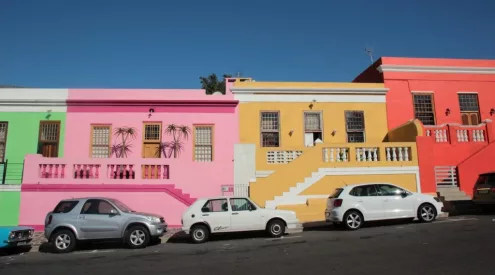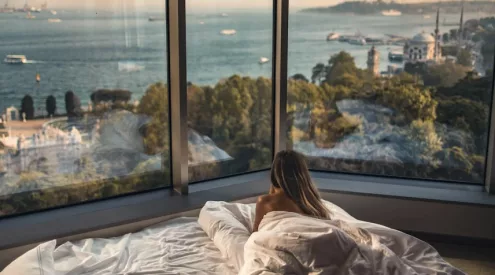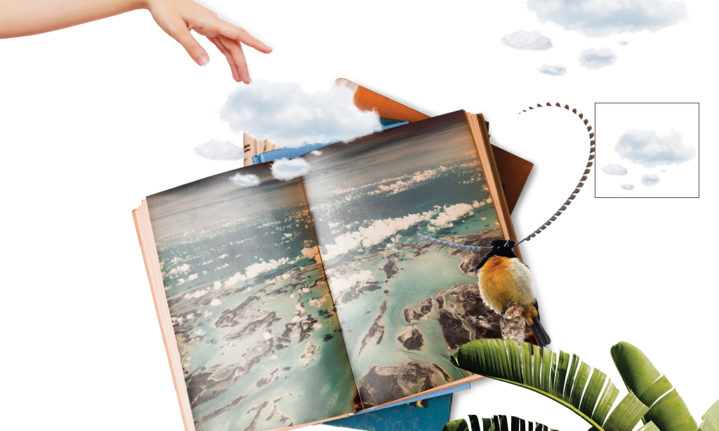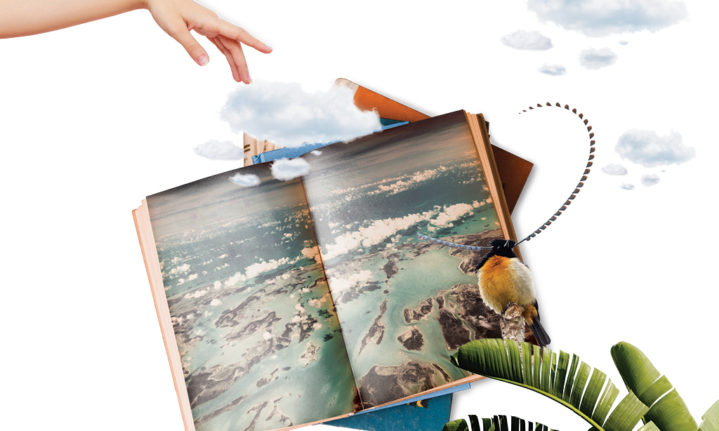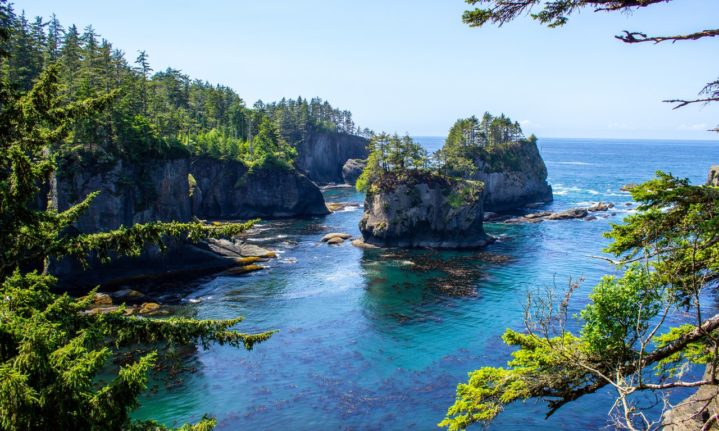And on the seventh day she rested.

Words: Aiwakbaa lvahan | Illustrations: Sherizaan Bassier
I‘ve always been fascinated by creation stories, be it those that seek to rationalise human origin or those that describe how places came to be.
Perhaps it’s the compelling mix of fact and fiction, peppered with conjuring of the ever-expansive human mind that makes them so interesting. Notwithstanding this, I do believe my specific interest in such stories stems from a highly mobile childhood, moving from one country to another and being immersed in vastly different cultures along the way. There were the perpetual questions that come with that life: how did this place come to be? Why is the land so lush? From where have these people come?
I must add that an overactive imagination as a child and an inclination for asking endless questions wasn’t always tempered by my other – a woman with a relative streak and a talent or storytelling. In fact, it as she who shared the story about the origin of islands with me.
So… islands. How did they come to be? I remember vividly at the age of nine our family was preparing to move once again, and this time to an island in the Caribbean, Barbados. This was my mother’s birth place and home. Slightly set apart from the arc of islands called the Caribbean chain, Barbados, to me was idyllic, both in reality and in my imagination. I’d been there before and loved it because of the contrast it offered to growing up in a Nigerian metro polis. And so on that night, as we prepared to move, the questions in my nine-year-old brain began to spew forth. How are islands made? How come they’re so small? Why are they so tropical? My mother’s response was a twist on that classic creation story with several points of clarification. It went like this…
First and foremost, not all islands are small and tropical like those you find in the Caribbean or South East Asia. In fact, Greenland is the biggest island in the world and it is neither small nor tropical. The list continued with Iceland, Great Britain, New Zealand and so forth. With facts out of the way, the real story began. It started with a magical, omnipresent, compassionate She God, who set about creating the world as we know it, in seven days. Like the classic biblical creation story, the She God began by creating day and night, the sea and the sky, the stars, sun, moon, the land and all its wonderful creatures both on shore and in the aqueous deep. On the seventh day, after the monumental task of creation, She dipped her hands in the sea to be cleansed. As She raised her cleansed hands out of the water, the labour of the past six days as well as pieces of herself, captured in tiny self contained globes, were speckled across the Earth and the seven seas.
These droplets, made of the Earth and God herself, were islands. It was then, only then, upon seeing these wonderful specks of land, self contained, separate and apart from the continental masses, but nonetheless of them and of this world, that the She God knew her work was done and that her soul was in all that she created, big and small.
Several decades later, having lived and travelled extensively across islands both in the tropics and elsewhere, I realise this story has always come back to me as vividly as when I first heard it. Islands are truly unique places. Often times they offer an intriguing confluence of many things: cultures, peoples, languages, lifestyles that create a whole new way of being. From Zanzibar to Mustique, Iceland to Mauritius, Sao Tome to Cape Verde, islands offer an opportunity to drift and to feel wonderfully apart. I find myself living at the southern tip of South Africa now and although this is a uniquely spectacular and beautiful country, I often head to the coastline… as with an endless horizon before me, I am reminded of my island home.







